Visiting a border area is certainly an emotionally charged experience.
It is as though one journeys towards the land’s end.
As though one proceeds towards the point where his or her freedom and mobility is abruptly curtailed and one is constrained to turn back and retrace his steps after casting a diffident glance on the other side; beyond the fence that separates identical landscapes that bear different names.
The border between two nations could be a matter of dispute between them. Political, economic, social and cultural concerns have necessitated these man-made barriers between countries. But the fences or walls that mark the borders are a source of allure.
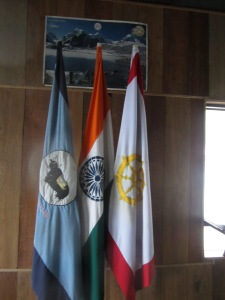 Travellers around the world visit border areas with reverence and fascination. To partake a few moments with the sentinels on duty at hostile environments and reconfigure the sense of gratitude that goes missing from hearts from time to time.
Travellers around the world visit border areas with reverence and fascination. To partake a few moments with the sentinels on duty at hostile environments and reconfigure the sense of gratitude that goes missing from hearts from time to time.
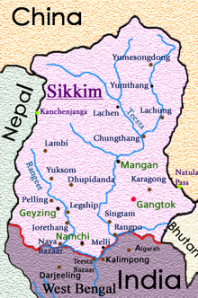
Our visit to the Nathula pass from Gangtok town kicked off on schedule on a rain-battered Wednesday morning. Nathula is the Himalayan mountain pass on the Indo-China border. The pass is part of the ancient silk route between India and China. It is 56 kms from Gangtok town and is located at an altitude of 14,450 feet.
The road to Nathulla is one of the highest motorable roads in the world. Tourists visiting Nathula are required to obtain permits. Authorised travel agents in Gangtok assist tourists in getting permits. Nathula is closed to tourists on Mondays and Tuesdays.
It was the month of May. Prime tourist season in Sikkim that was basking in the glory of Sun. However, inconsistent weather conditions are something every tourist is expected to take in stride. The unpredictability continued as it was raining for the third consecutive day. The drive on the road to Nathula began with trepidation.
The road that ran along the edges of cliffs was extremely slippery due to rains. The young driver, just out of his teens, skilfully manoeuvred the vehicle along the blind curves and across rivulets. “I take tourists to Nathula almost every day. It is not the same every time. The conditions of road and the climate change each day’’, he said.
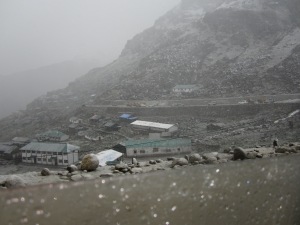 The road, maintained by the Border Roads Organisation, is dotted with army establishments. All across, there are signboards directing the tourists to keep driving – “Keep driving. You are under Chinese surveillance”.
The road, maintained by the Border Roads Organisation, is dotted with army establishments. All across, there are signboards directing the tourists to keep driving – “Keep driving. You are under Chinese surveillance”.
The soldiers of the Border Roads Organisation, entrusted with the stupendous task of maintaining the road at such altitudes and aggressive environment, do not just build roads. They build the nation, truly!
The winding road took us to Tsongmo lake, also known as the Changu Lake. This oval shaped lake located at an altitude of 12,400 feet, is held sacred by the Hindus and the Buddhists. The lake remains frozen in winter.
The breath-taking beauty of the placid lake and its surroundings, the mythical tales woven around it and the mystic features of faith-healing and astral-predictions associated with its waters have given Tsongmo a fabulous halo.
It is a picnic spot for the visitors who are taken for rides on tastefully decorated yaks. It is a sacred symbol for the local people. And for the exotic migratory birds, Tsongmo is their favourite rendezvous.
The pounding rain accompanied by guzzling winds ensured that we spent hardly a few minutes at Tsongmo. The rain-drenched yaks were quizzically staring at the tourists, who were craning their necks out of the vehicles to have a glimpse at the picturesque spot, wondering what prevented them from alighting and hitching a ride on their backs.
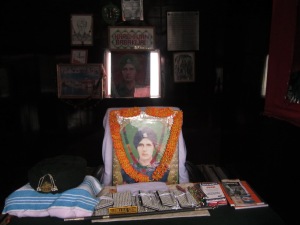 The next halt was at Baba Mandir – a shrine dedicated to Baba Harbhajan Singh who was a soldier in the Indian army. Harbhajan Singh, who was escorting a mule column to safety at high altitudes near Nathula, slipped and fell into a water body in a gorge and was drowned – in the year 1968. A memorial was built to honour this soldier near the site of his battalion.
The next halt was at Baba Mandir – a shrine dedicated to Baba Harbhajan Singh who was a soldier in the Indian army. Harbhajan Singh, who was escorting a mule column to safety at high altitudes near Nathula, slipped and fell into a water body in a gorge and was drowned – in the year 1968. A memorial was built to honour this soldier near the site of his battalion.
However, in 1982, a new shrine was built to facilitate easy passage to tourists – along the highway to Nathula. It is the belief of the army soldiers that Harbhajan Singh guards the international border between India and China even today.
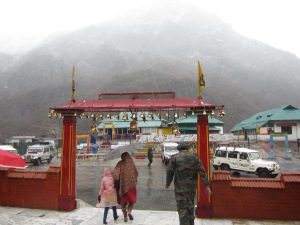 Our driver said that the army continued to pay his salary to his family and that his annual leave was also granted to facilitate his visit to his hometown. A symbolic visit is arranged every year during which a couple of soldiers carry his photograph and suitcase in a train to his hometown and the same are brought back after the vacation.
Our driver said that the army continued to pay his salary to his family and that his annual leave was also granted to facilitate his visit to his hometown. A symbolic visit is arranged every year during which a couple of soldiers carry his photograph and suitcase in a train to his hometown and the same are brought back after the vacation.
 Soldiers on guard at Nathula say that the protective spirit of the sepoy pervades the border areas. We are told that even Chinese soldiers have recounted experiences about the benevolent presence of the spirit of Harbhajan Singh. Some of them have claimed to have seen a guard on a galloping horse in the dead of night, slapping the sentries on duty by way of warning them.
Soldiers on guard at Nathula say that the protective spirit of the sepoy pervades the border areas. We are told that even Chinese soldiers have recounted experiences about the benevolent presence of the spirit of Harbhajan Singh. Some of them have claimed to have seen a guard on a galloping horse in the dead of night, slapping the sentries on duty by way of warning them.
Most of us, tourists who are on a sight-seeing mission, would tend to dismiss these accounts about a dead soldier as episodes of blind faith and hallucination.
But life at an altitude of 14,000 plus feet is beyond our fancy. Numbness, isolation, longing and fear take turns to haunt the days and nights of the soldiers who are on constant vigil on this Himalayan pass that is constantly clad in a blanket of fog. And the belief that the spirit of Harbhajan Singh shields them against hostilities is a benign and soothing influence that sustains their lives under extremely adverse conditions.
If faith can move mountains, perhaps this is also the kind of faith that moves these brave men on mountains to remain calm, courageous and steadfast to their duty.
 It was sheer bad luck and misfortune, that all of us – who set out in hordes – had to return content without realising our dream of setting our feet on the international borderline that was just a few kilometres away. Amidst the hailstorm, the voice of a soldier thundered – “Nathula Bandh hua!”
It was sheer bad luck and misfortune, that all of us – who set out in hordes – had to return content without realising our dream of setting our feet on the international borderline that was just a few kilometres away. Amidst the hailstorm, the voice of a soldier thundered – “Nathula Bandh hua!”
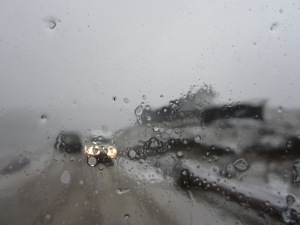 Bad weather won hands down. The huge vehicles switched over to the reverse gear and commenced their descent in a beeline. Heavy snowfall spattered across the windshields.
Bad weather won hands down. The huge vehicles switched over to the reverse gear and commenced their descent in a beeline. Heavy snowfall spattered across the windshields.
As the convoy glided through the curvatures of the mountains, there was this spectacular sight of the words, “Mera Bharat Mahan” etched on the rugged landscape.
The disappointment of a visit cut short vanished to give way for a humbling feeling. The return journey was a sobering experience with the fear of the terrain submerged by the swelling sense of pride.
And our “hyperloyal” companion – RAINS – kept us company all through the descent!

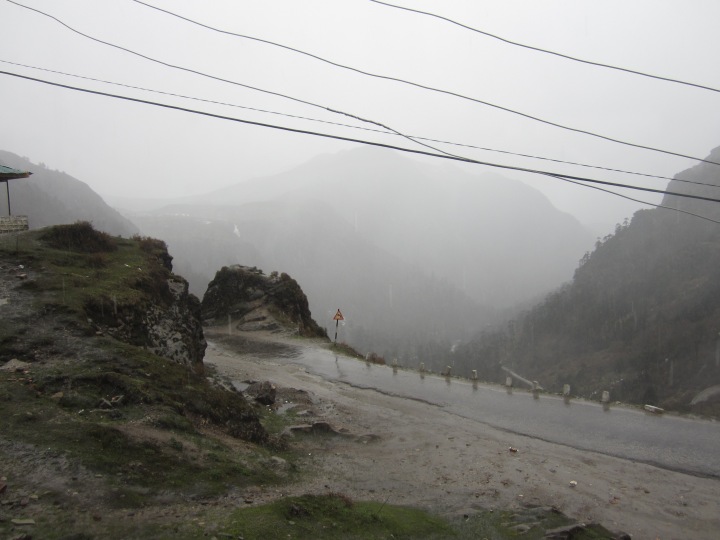
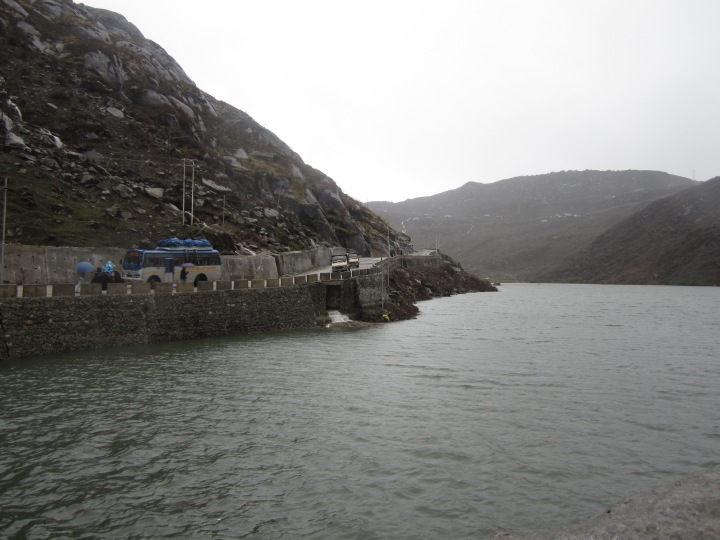
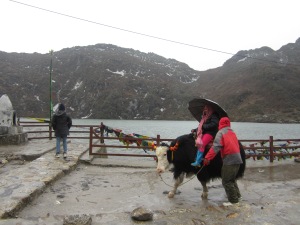
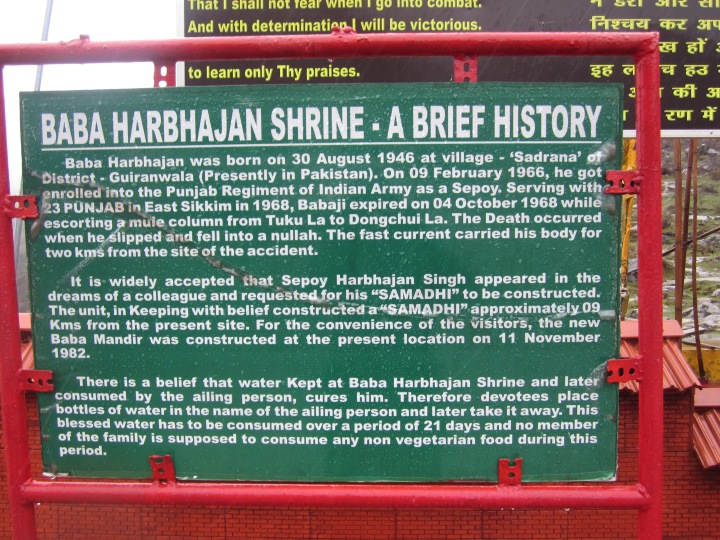


Thanks for an excellent trip to our nation’s border! Athimber
Sent from my iPad
>
sudha, wonderful writing.it is an experience to read this and I am wordless to continue and I appreciate really. amma
Myraid emotions on reading the picturesque description of Sudha’s experience at Nathula Pass. Awe, wonderment, joy, pride, terror, disappointment and gratitude all surfaced within minutes of reading Sudha’s travellogue. Kudus to the writer.
Thanks Meena. Absolutely true that the ambience was pregnant with all the myriad emotions…felt privileged to be there!